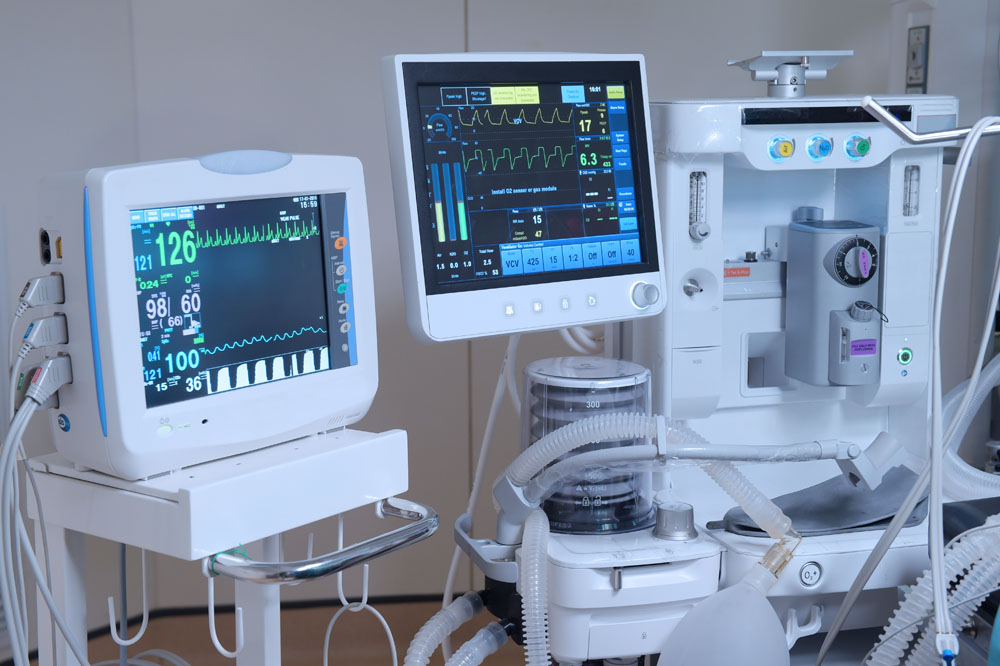This website uses cookies so that we can provide you with the best user experience possible. Cookie information is stored in your browser and performs functions such as recognising you when you return to our website and helping our team to understand which sections of the website you find most interesting and useful.
Monel Chemical Etching
Monel chemical etching is a process for thin metal parts in aerospace, marine, and chemical industries. It is a group of Nickel alloys, primarily composed of Nickel (52 to 62%) and Copper, with small amounts of Iron, Manganese, Carbon, and Silicon. Stronger than pure Nickel, Monel alloys are resistant to corrosion by many agents, including rapidly flowing seawater. Contact us today for more information on Acid Etch for Monel Parts!
Monel Chemical Etching
Fotofab’s etching process produces designs that can withstand harsh indoor and outdoor environments. The process uses a strong caustic chemical to etch into unprotected parts of a metal surface to create a design or image formed to your project’s specifications.
Characteristics of Monel
Monel is a solid-solution binary alloy that can be hardened only by cold working. Other characteristics include:
- Difficult to machine as it work-hardens quickly
- Resistant to corrosion and acids
- Robust over a wide temperature range
- Hardness of 65 Rockwell B in an annealed state
- High density
- Ductile and malleable
- Low coefficient of thermal expansion
- Rust resistant
- High mechanical strength
- Stronger than Steel
Fotofab is committed to quality.






Acid Chemically Etched Monel Applications
Monel’s resistance against corrosion and acids makes it a good material for aerospace, marine, and chemical applications, including:
- Aircraft construction including frames and skins
- Safety wire in aircraft maintenance
- Marine engineering
- Components for magnetic-field measurement equipment
- Recreational boating
- Chemical and hydrocarbon processing equipment
- Heat exchanges
Other Factors
- Monel can be fabricated by hot- and cold-working, machining, and welding
- Monel needs to be turned and worked at slow speeds and low feed rates
- Typically, more expensive than Stainless Steel
- Does not undergo ductile-to-brittle transition even when cooled to the temperature of liquid hydrogen



